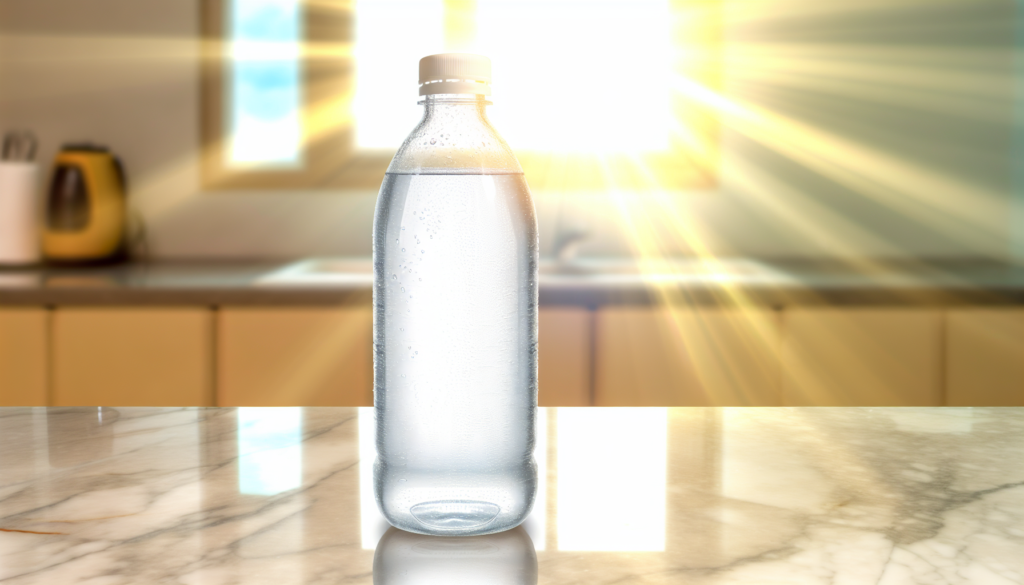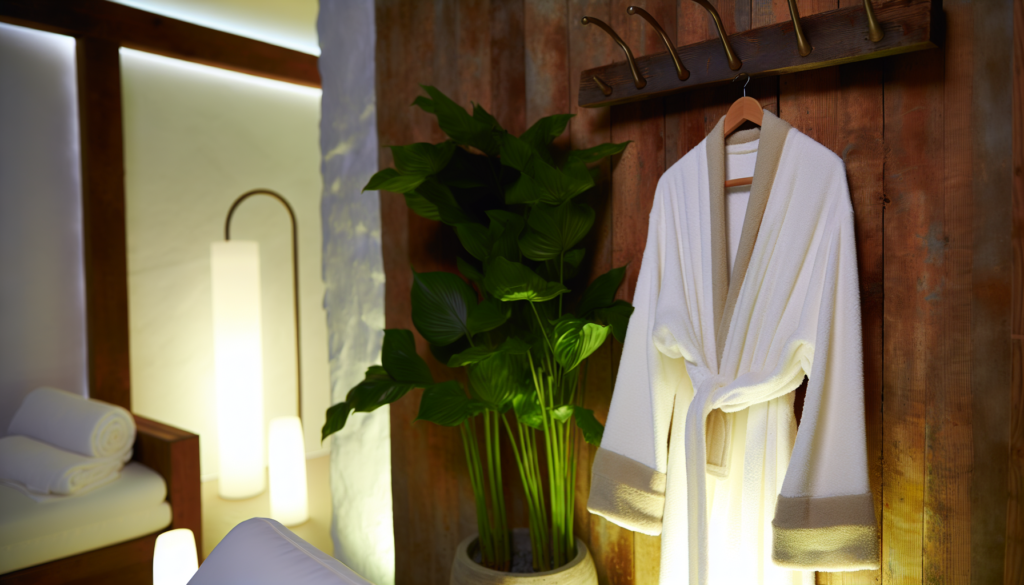If you’ve been struggling with breakouts despite trying every acne product on the shelf, it might be time to introduce a more strategic approach to your skincare routine. Skin cycling for acne-prone skin is revolutionizing how we care for troubled complexions by giving your skin exactly what it needs, when it needs it. This method, popularized by dermatologists on social media, follows a four-night rotation that balances active ingredients with recovery periods. Unlike aggressive daily treatments that can irritate sensitive, acne-prone skin, this gentle yet effective approach works with your skin’s natural renewal process to produce consistently clearer results.
What Is Skin Cycling and Why It Works for Acne
Skin cycling isn’t just another beauty trend—it’s a scientifically-sound approach to managing problematic skin. The concept is simple: instead of using all your active ingredients every day (which can lead to irritation, redness, and even more breakouts), you cycle through different products on different nights, giving your skin crucial recovery time in between.
For those of us with acne-prone skin, this method is particularly beneficial because it:
The traditional skin cycling routine involves a four-night cycle: exfoliation night, retinoid night, and two recovery nights. But for acne-prone skin, we need to make some strategic adjustments.
The 4-Step Skin Cycling Routine for Acne-Prone Skin
Let’s break down each night of the cycle and understand how it specifically targets acne concerns while protecting your skin’s health:
Night 1: Exfoliation Night
Exfoliation is your first step toward clearer skin, as it helps remove dead skin cells that can clog pores and contribute to breakouts. For acne-prone skin, chemical exfoliants are generally more effective than physical scrubs, which can be too harsh and spread bacteria.
Here’s how to get the most from exfoliation night:
Have you noticed how your skin feels smoother the morning after exfoliation night? That’s because you’ve cleared the way for the next step in your cycle.
Night 2: Retinoid Night
Retinoids are the gold standard for acne treatment, working to accelerate cell turnover, prevent clogged pores, and reduce inflammation. However, they can be irritating, which is why the cycling approach is so beneficial.
For acne-prone skin, try this approach:
Remember, patience is key with retinoids. You might experience a “purge” where acne seems to worsen before it improves—this is normal and typically lasts 4-6 weeks as your skin adjusts.
Nights 3 & 4: Recovery Nights
These nights are crucial for acne-prone skin, which is often sensitive and reactive. Recovery doesn’t mean doing nothing—it means nurturing your skin barrier, which helps protect against future breakouts.
Your recovery night routine should include:
During recovery nights, you might be tempted to spot-treat any emerging pimples. That’s okay—just use a gentle ingredient like 2.5% benzoyl peroxide only on the affected areas.
Customizing Your Skin Cycling for Different Acne Types
Not all acne is created equal, and your skin cycling routine might need adjustments based on your specific concerns:
For Hormonal Acne
If you experience cyclic breakouts around your chin and jawline, consider adding ingredients that regulate oil production and fight inflammation:
For Cystic Acne
This painful, deep form of acne may require a more specialized approach:
For Combination Skin with Occasional Breakouts
If your skin is generally well-behaved with occasional flare-ups:
Common Mistakes to Avoid in Your Skin Cycling Journey
Even with the best intentions, there are some pitfalls that can sabotage your results:
Remember, consistency trumps intensity when it comes to treating acne. A gentler approach applied consistently will yield better results than aggressive treatments used sporadically.
Conclusion
Skin cycling for acne-prone skin offers a balanced, strategic approach to achieving clearer skin without the rollercoaster of irritation and sensitivity that often accompanies traditional acne treatments. By alternating between active treatment nights and recovery periods, you’re working with your skin’s natural processes rather than fighting against them. This method might take a bit more patience than the “nuke it from orbit” approach many of us have tried in desperation, but the sustainable results are worth it. Your skin is your body’s largest organ—it deserves care that respects its complexity while effectively addressing your concerns. Give skin cycling a try for at least two months, adjusting as needed for your specific skin type, and you might just find yourself breaking up with breakouts for good.







